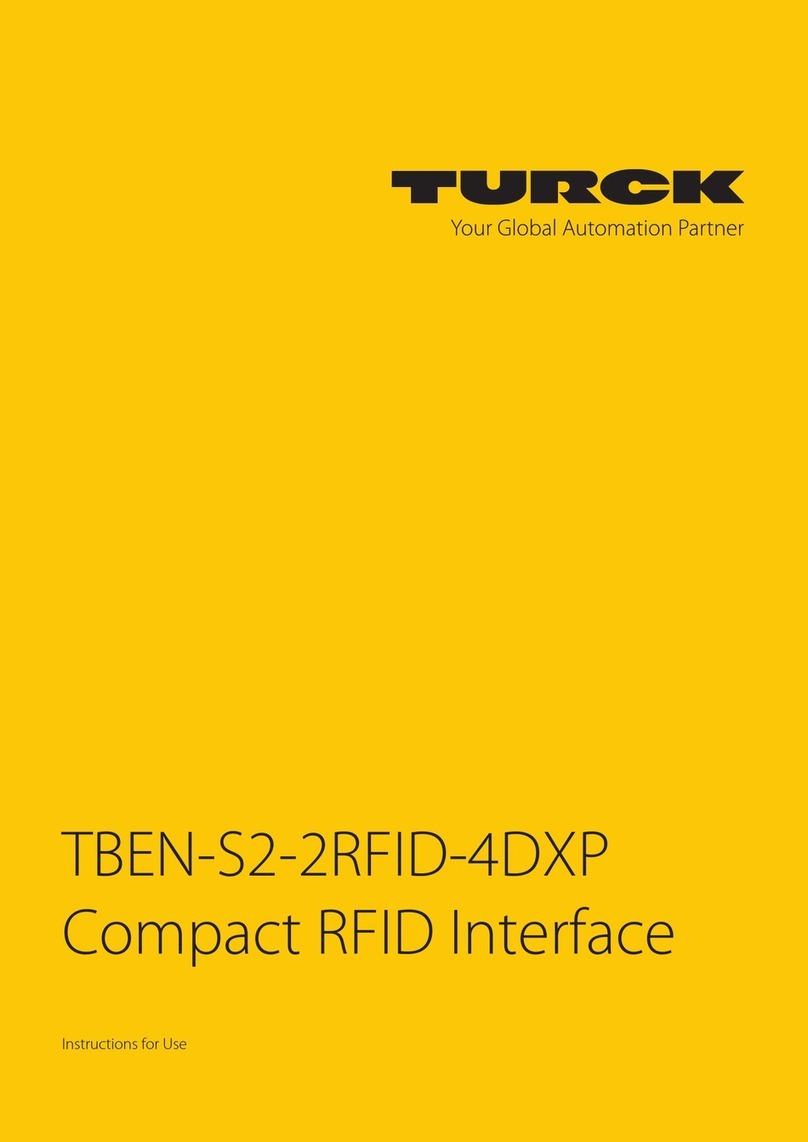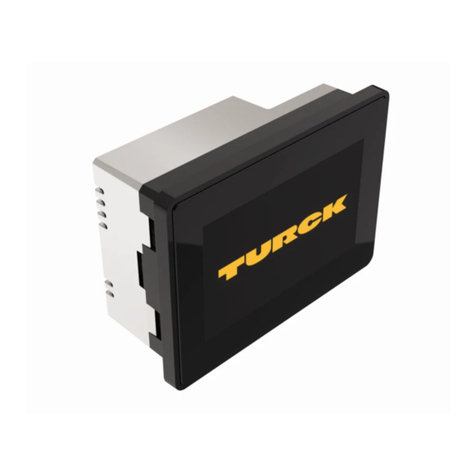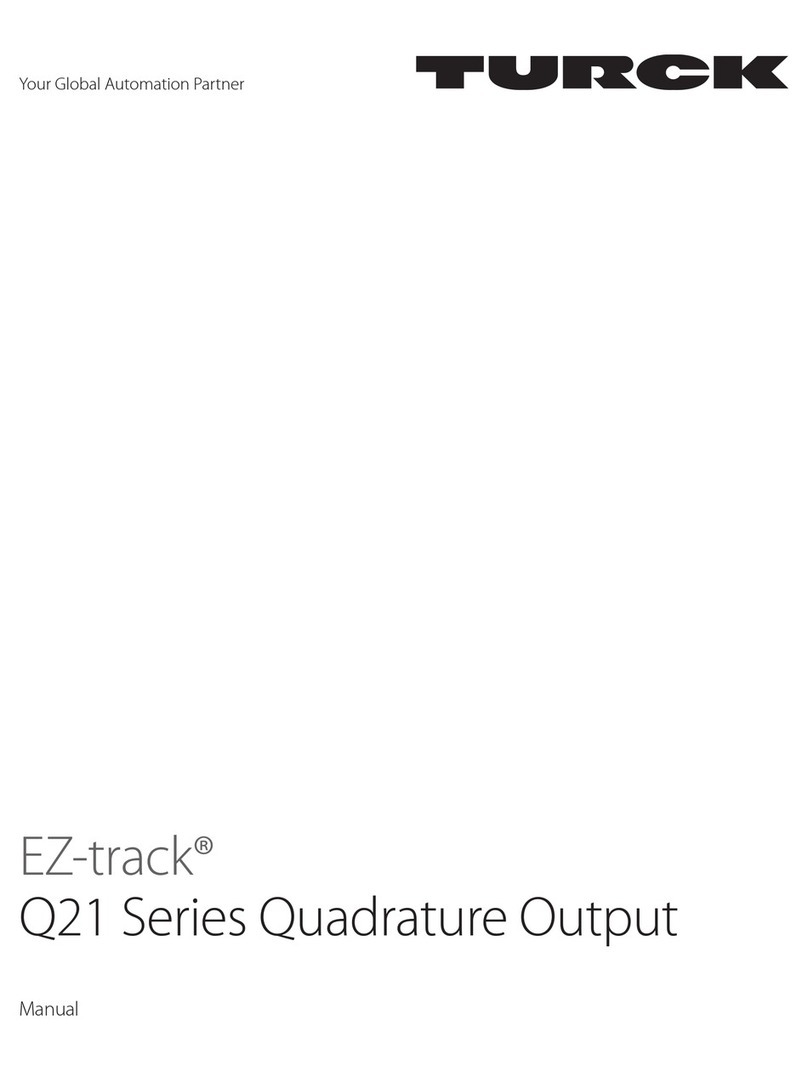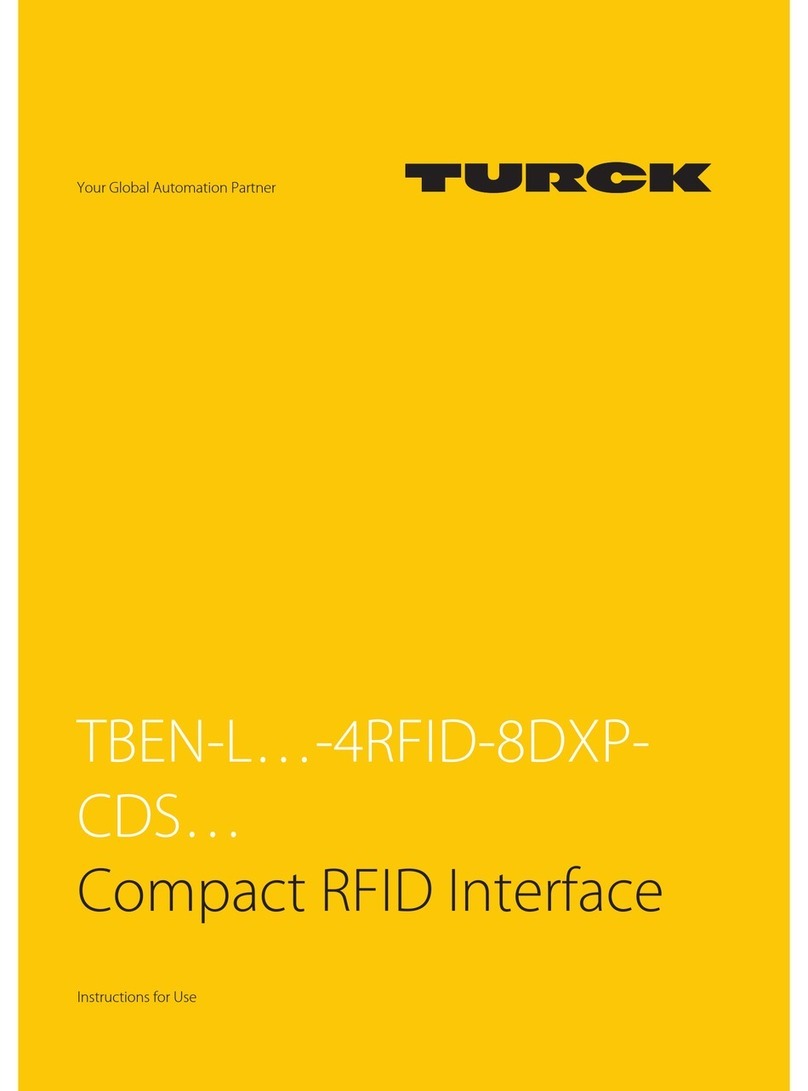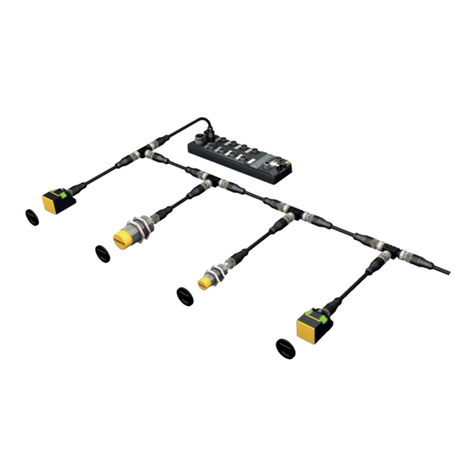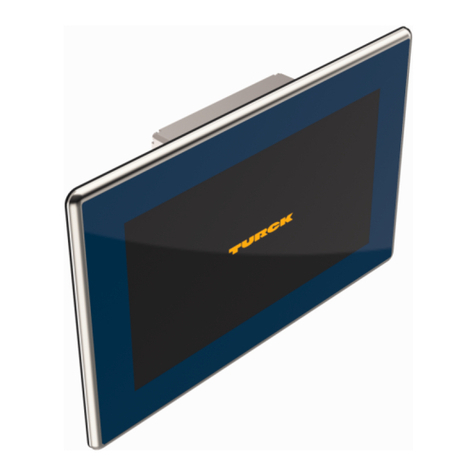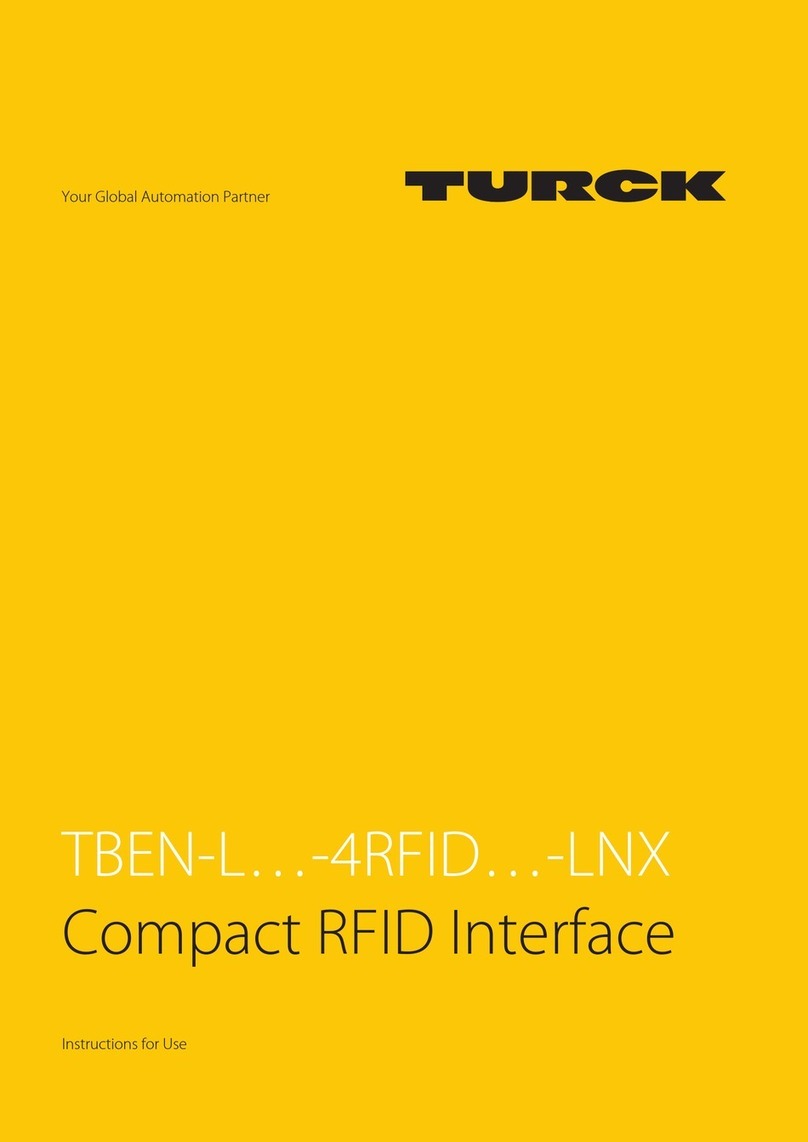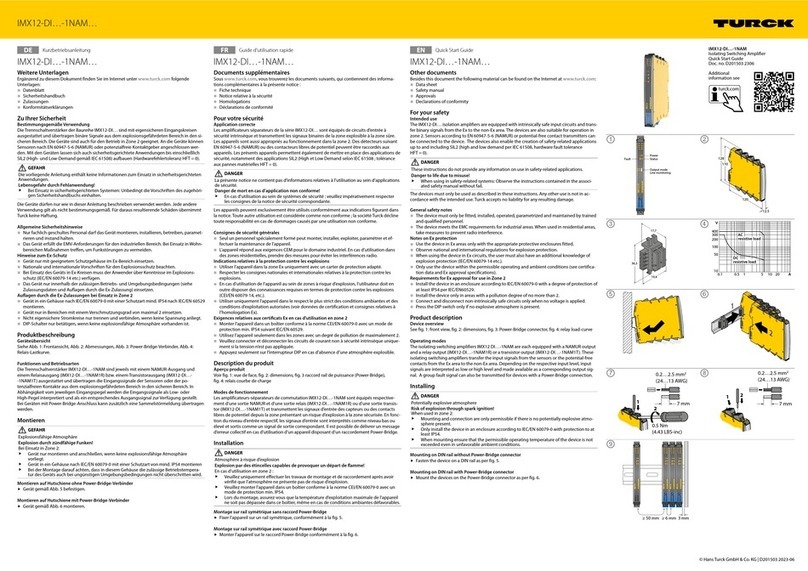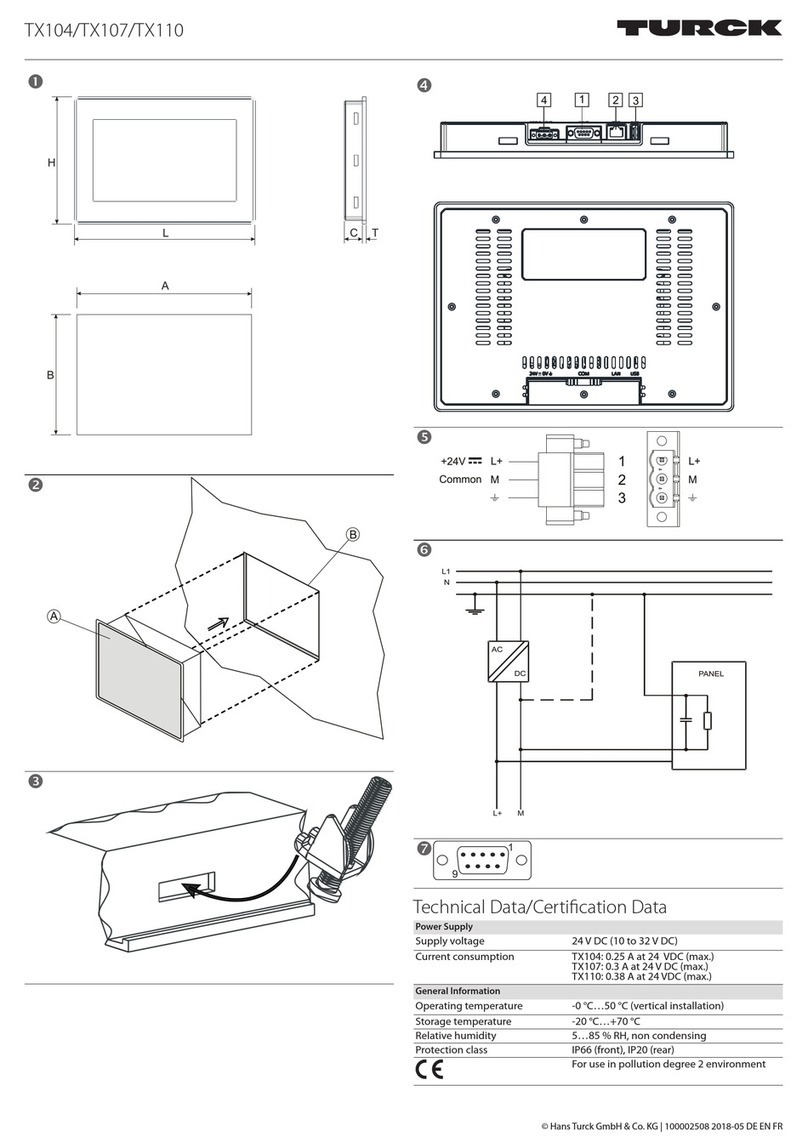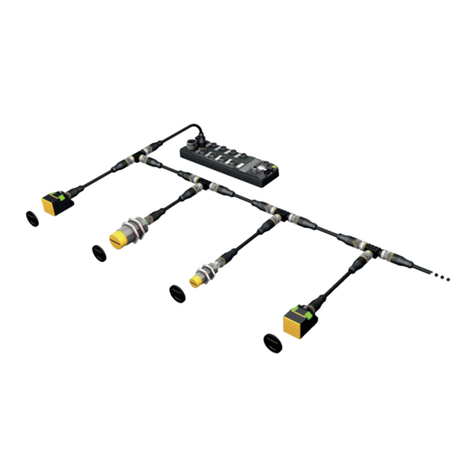
D301049 1211 BL20-PG-ENii
4.5.3 Service Interface Connection (female PS/2 connector) ........................................................................................................... 4-8
4.6 Address Setting............................................................................................................................................. 4-10
4.6.1 LED-behavior.........................................................................................................................................................................................4-10
4.6.2 Default setting of the gateway .......................................................................................................................................................4-11
4.6.3 Address setting via the rotary-mode............................................................................................................................................4-11
4.6.4 Address setting via BootP-mode....................................................................................................................................................4-12
4.6.5 Address setting via DHCP-mode....................................................................................................................................................4-13
4.6.6 Address setting via PGM-mode ......................................................................................................................................................4-14
4.6.7 Addressing via PGM-DHCP...............................................................................................................................................................4-14
4.6.8 Address-setting via I/O-ASSISTANT 3 (FDT/DTM) ....................................................................................................................4-15
4.7 SET Button ..................................................................................................................................................... 4-18
4.8 Status Indicators/Diagnostic Messages Gateway ...................................................................................... 4-19
4.8.1 Diagnostic Messages via LEDs ........................................................................................................................................................4-19
5 Implementation of Modbus TCP
5.1 Modbus Registers ........................................................................................................................................... 5-2
5.2 Structure of the Packed In-/ Output Process Data ....................................................................................... 5-5
5.2.1 Packed input-process data................................................................................................................................................................. 5-5
5.2.2 Packed output process data .............................................................................................................................................................. 5-6
5.3 Data Width of the I/O-Modules in the Modbus-Register Area ....................................................................5-7
5.4 Register 100Ch: "Gateway-Status" ................................................................................................................ 5-9
5.5 Register 1130h: "Modbus-connection-mode" ............................................................................................ 5-10
5.6 Register 1131h: "Modbus-connection time-out" ....................................................................................... 5-10
5.7 Register 0×113C and 0×113D: "Restore Modbus-connection parameter" .............................................. 5-10
5.8 Register 0×113E and 0×113F: "Save Modbus-connection parameters" .................................................. 5-11
5.9 The Service-Object........................................................................................................................................ 5-12
5.9.1 "Indirect reading of registers" .........................................................................................................................................................5-13
5.9.2 "Indirect writing of registers"...........................................................................................................................................................5-14
5.10 Mapping: Input-Discrete- and Coil-Areas ................................................................................................... 5-15
5.11 Mapping the Modbus Registers................................................................................................................... 5-16
5.12 Implemented Modbus Functions ................................................................................................................ 5-17
5.13 Parameters of the Modules .......................................................................................................................... 5-18
5.13.1 Digital input modules ........................................................................................................................................................................5-18
5.13.2 Analog input modules .......................................................................................................................................................................5-18
5.13.3 Analog output modules ....................................................................................................................................................................5-27
5.13.4 Technology modules..........................................................................................................................................................................5-32
5.14 Diagnostic Messages of the Modules .......................................................................................................... 5-45
5.14.1 Power Supply Modules......................................................................................................................................................................5-45
5.14.2 Digital Input Modules.........................................................................................................................................................................5-46
5.14.3 Analog Input Modules .......................................................................................................................................................................5-46
5.14.4 Digital Output Modules.....................................................................................................................................................................5-49
5.14.5 Analog output modules ....................................................................................................................................................................5-51
5.14.6 Technology Modules..........................................................................................................................................................................5-52
